Our Lady of the Sea
Installed as a beacon of hope for a hurricane-racked island, the statue had to be moved multiple times due to the eroding coast.
Beyond the twisting bayous of Terrebonne parish lies the Isles Dernieres archipelago, a strip of sandy barrier islands that play a crucial role in protecting the coastline from storm surges. Back in the 1800s, the islands acted as a tourist resort for Louisiana’s burgeoning upper class. However, in 1856, the islands were hit by the equivalent of a Category 4 hurricane. Winds of up to 155 miles per hour destroyed the casinos, hotels, and fine restaurants. Giant waves lashed the islands, resulting in the death of more than 200 people.
After the storm waters receded, the resort was effectively abandoned, but the Terrebonne area continued to flourish. As families grew rich from seafood, sugar plantations, and oil exploration, people gradually started returning to the islands.
The Whiskey Pass inlet on Last Island was a particularly popular spot. In 1958, members of the Rodeo Association decided to install a beacon there to assist fishermen returning to the island. Being a majority Catholic club, members proposed a religious or spiritual symbol to look over and protect those heading out to sea. They eventually decided that this beacon of hope should be a statue of the Virgin Mary.
The association contacted Italian sculptor Aldo Perna to produce the sculpture. Perna used brilliant white Carrara marble, as used by Renaissance sculptors Michelangelo and Donatello, to form the six-foot-tall, half-ton statue. The finished masterpiece arrived in Louisiana in 1962 and was installed atop a 12-foot pyramid at Whiskey Pass. The installation was described as “labor of love.” Club members living on the island spent a week constructing the cement pyramid and installed the weighty statue on top. The statue was christened “Our Lady of the Sea.”
Never has a name befitted a statue better, as almost immediately the sea began to reclaim its Lady. Just five years after the installation, waters eroded the sands around Whiskey Pass, threatening to undermine the pyramid. So in 1967, the club members had little choice but to painstakingly drag the statue into the island’s interior. As land continued to erode, the statue had to be raised onto 60-foot-high pilings in 1982.
By 2014, club members decided they could no longer act as Canute and hold back the unerring tides. Last Island was now little more than a sliver of sand, leaving no choice but to relocate the statue away from the rapidly diminishing Isles Dernieres. Our Lady of the Sea was moved to a safer inland location where she could continue to act as a beacon of faith to boats passing by at the junction of Bayou Petit Caillou and the Houma Navigation Canal. After some restoration work to repair salt and bullet damage, the statue was moved a year later to the new site, 16 miles farther inland from the island she had resided over for more than 50 years.
Today the rising sea has completely claimed the spot where the statue once stood, and the protective Isles Dernieres barrier islands continue to erode at an alarming rate. And with the new threat of climate change, there is no doubt that the statue’s current position is only temporary, as the Louisiana coast is losing land at a rate of 25 square miles a year. Yet in an area faced with seemingly unrelenting challenges, Our Lady of the Sea continues to act not only as a symbol of hope to the coastal community, but also a testament to the resilience and fortitude of those that continue to live in Terrebonne.
Know Before You Go
The statue is located across from RCP Seafood visible from the terminus of Highway 56 in Cocodrie. The statue plays an important role in the annual Blessing of the Fleet ceremony every April where the local priest blesses the area’s fishing boats ahead of the shrimping season.


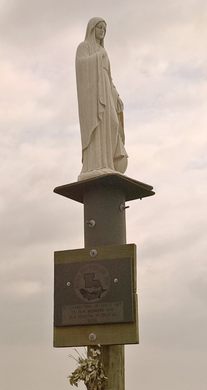
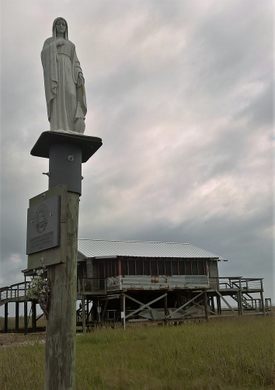



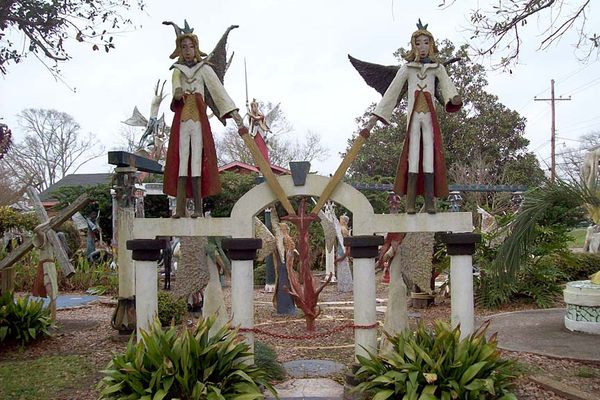
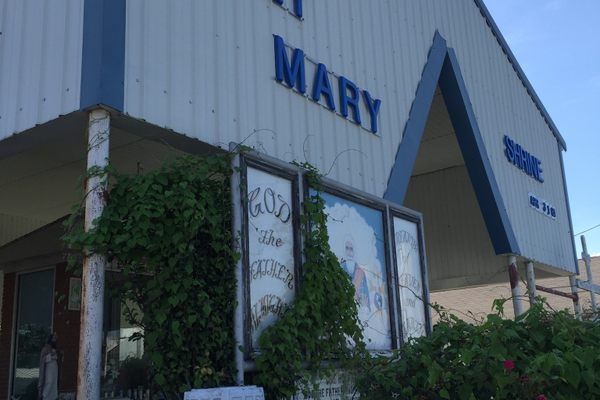
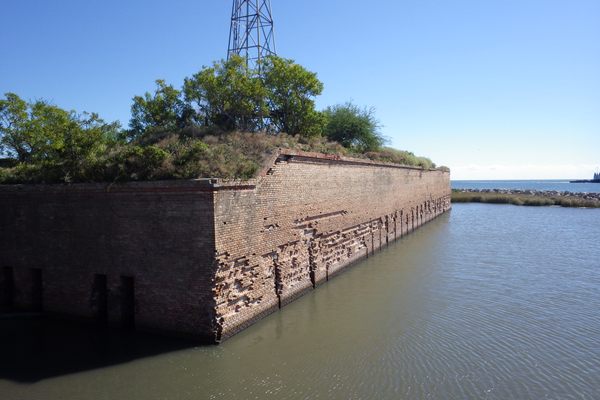


Follow us on Twitter to get the latest on the world's hidden wonders.
Like us on Facebook to get the latest on the world's hidden wonders.
Follow us on Twitter Like us on Facebook